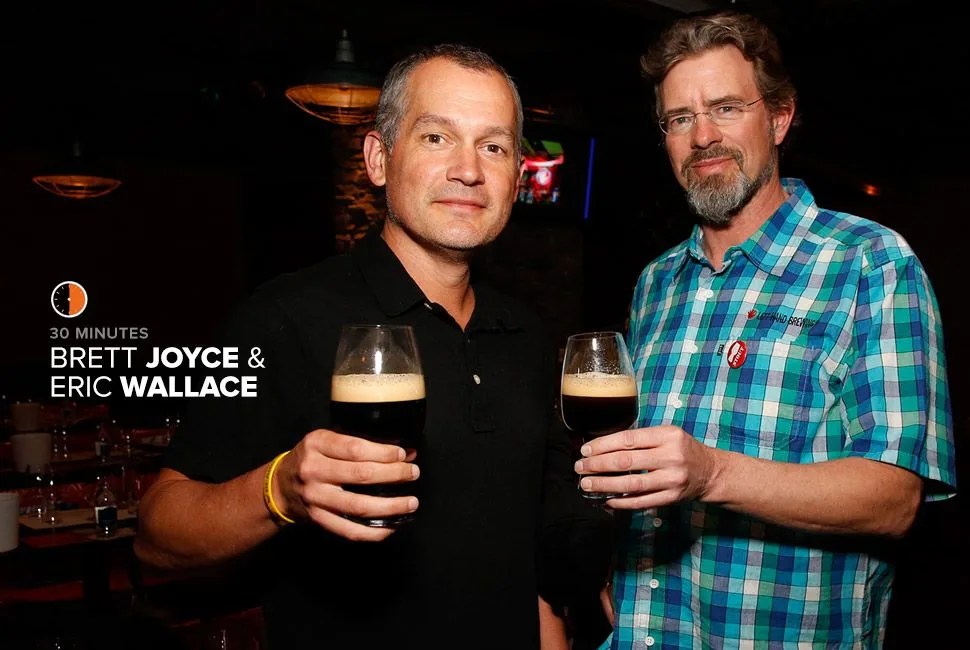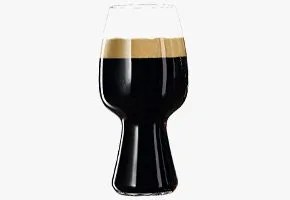At first glance, Brett Joyce, President of Rogue Ales, and Eric Wallace, President of Left Hand Brewing, don’t appear to have much in common. Joyce is soft spoken, with a shaved head and square jaw, while the more gregarious Wallace sports facial hair and an earring. But within a minute of talking to them, one realizes that they both share a fantastic passion for quality and innovation in craft brewing. We sat down with the pair for 60 minutes of discussion about brewing technology, stout glasses and Miley Cyrus.
MORE GP INTERVIEWS: 30 Minutes With: Jim Wilson | 30 Minutes With: Hugh Acheson | 30 Minutes With: Ben Saunders
Q. What’s one thing every man should know?
Brett Joyce, Rogue Brewery: Always tell the truth — life’s simpler that way.
Eric Wallace, Left Hand Brewery: When you give, you tend to get back more.
Q. What’s the hardest thing you’ve ever done?
BJ: Train for a Half Ironman triathlon.
EW: Four years’ hard time at the United States Air Force Academy.
Q. What are you working on right now?
BJ: Rolling Thunder Barrel Works — this is the only brewer/distiller cooperage facility in the country. We’ll be able to make barrels on our own all the way from tree to table. We have the equipment and are in the process of building a facility and learning the craft. We’ll use the barrels for our ales, lagers, porters, stouts, meads, braggots, and spirits.
EW: Keeping Left Hand on an even keel and sustaining our investments in quality and growth with internal financing (i.e. staying independent and true to our beer mission).
What’s the hardest thing I’ve ever done? Four years’ hard time at the United States Air Force Academy.
Q. Name one thing you can’t live without.
BJ: My kids. Lauren is 12 and Emily is 10.
EW: My family.

